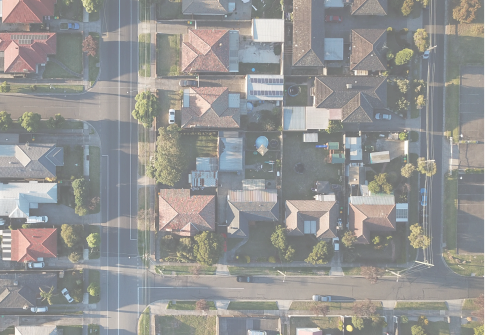


San Francisco, CA – It is our pleasure to introduce the fourth and final set of projects from our 2021 Fellowship class.
The projects, focused on Equipping Vulnerable Communities for 21st Century Needs, propose a cross-sector plan to protect students’ data, a Community Youth Broadband Technician program to close the digital divide, and the use of energy storage to reduce energy burden on LA’s disadvantaged communities. These projects were released on March 15th at the Aspen Tech Policy Hub’s demonstration day webinar. The recording is available to view here. We invite you to learn about the projects below and read about them in more detail on the Hub’s projects page.



Advancing Students’ Digital Rights
Today, more students are online than ever before, with digital footprints being created for them as early as the prenatal stage of their lives. Without comprehensive student data protections, educational technology increasingly exposes students to data mining practices that could limit their access to future opportunities. School-issued device monitoring softwares and edtech data collection practices disproportionately impact students of color and students from low-income communities. To redress these harms, this project recommends a cross-sector plan for building more comprehensive student data protections.
Edtech Access for All Students
by Sage Salvo
Students are in dire need of a broadband infrastructure upgrade. As the COVID-19 pandemic has laid bare, access to quality broadband service at home is a baseline necessity for education. While several industry programs have emerged to help disconnected households get online, this project recommends the creation of a new position within public school systems, the Community Youth Broadband Technicians, to offer dedicated tech support.
Energy Storage for Low-Income Communities
by Dillon Cruz
Low-income Angelenos struggle with financial and energy insecurity. As Los Angeles pushes to decarbonize its power grid by 2035, these residents will contend with higher electricity rates as well. While the City has many tools at its disposal to tackle affordability, one tool is relatively unexplored: energy storage. Deploying energy storage within communities can reduce monthly bills, protect residents during blackouts, and eliminate expensive grid upgrades. In light of these benefits, this project presents key recommendations for the the Los Angeles Department of Water and Power to use energy storage to reduce energy burden on disadvantaged communities.